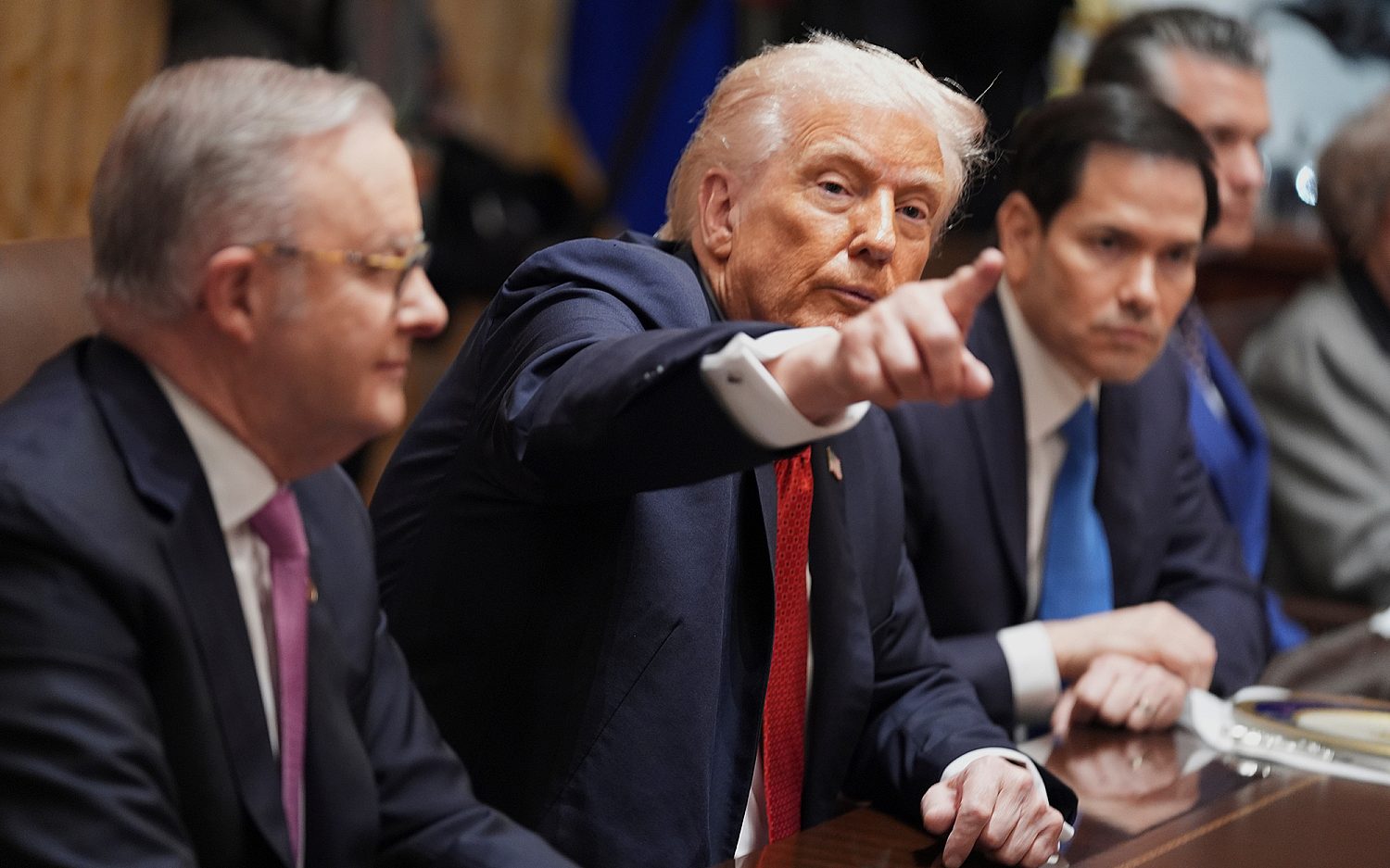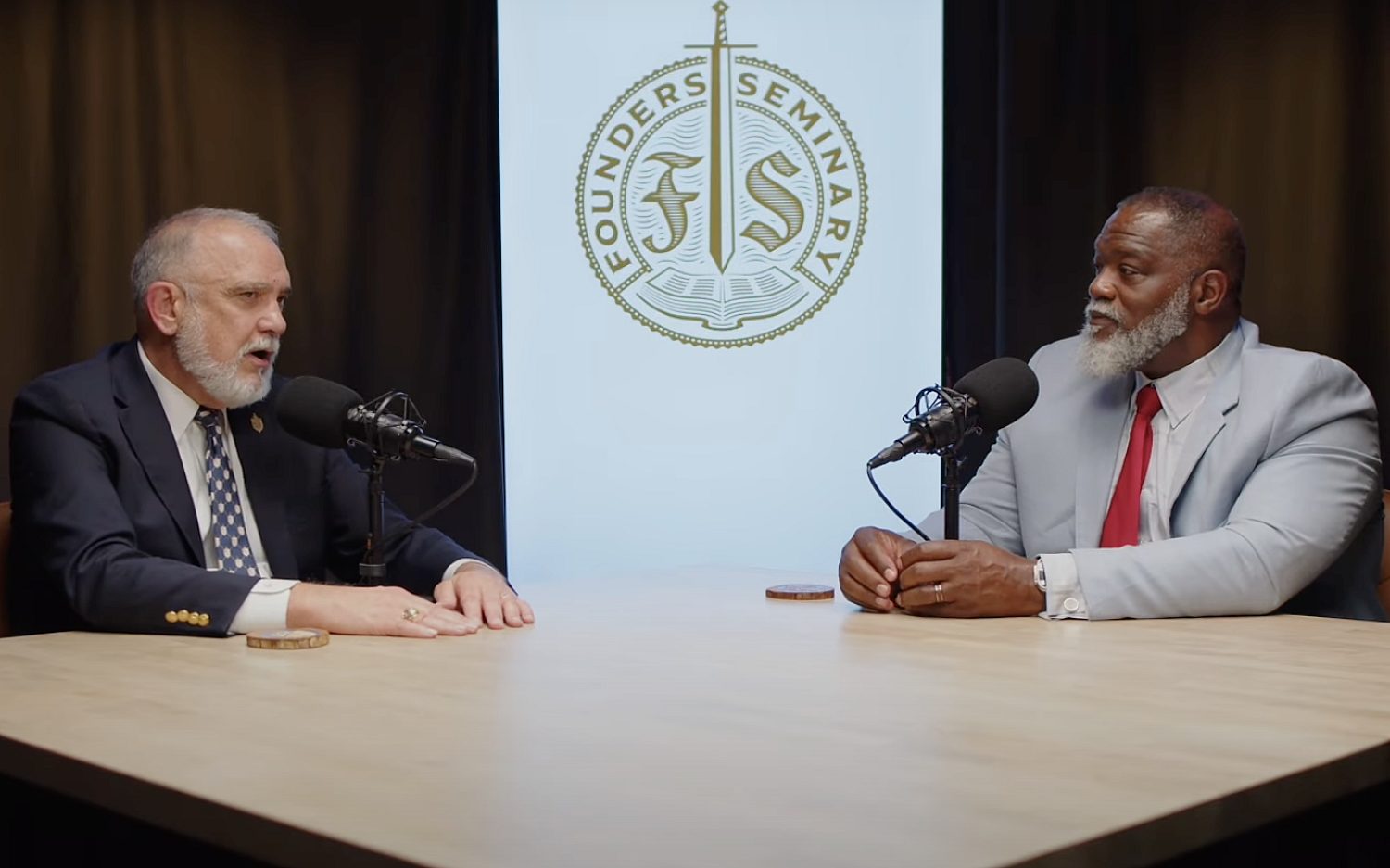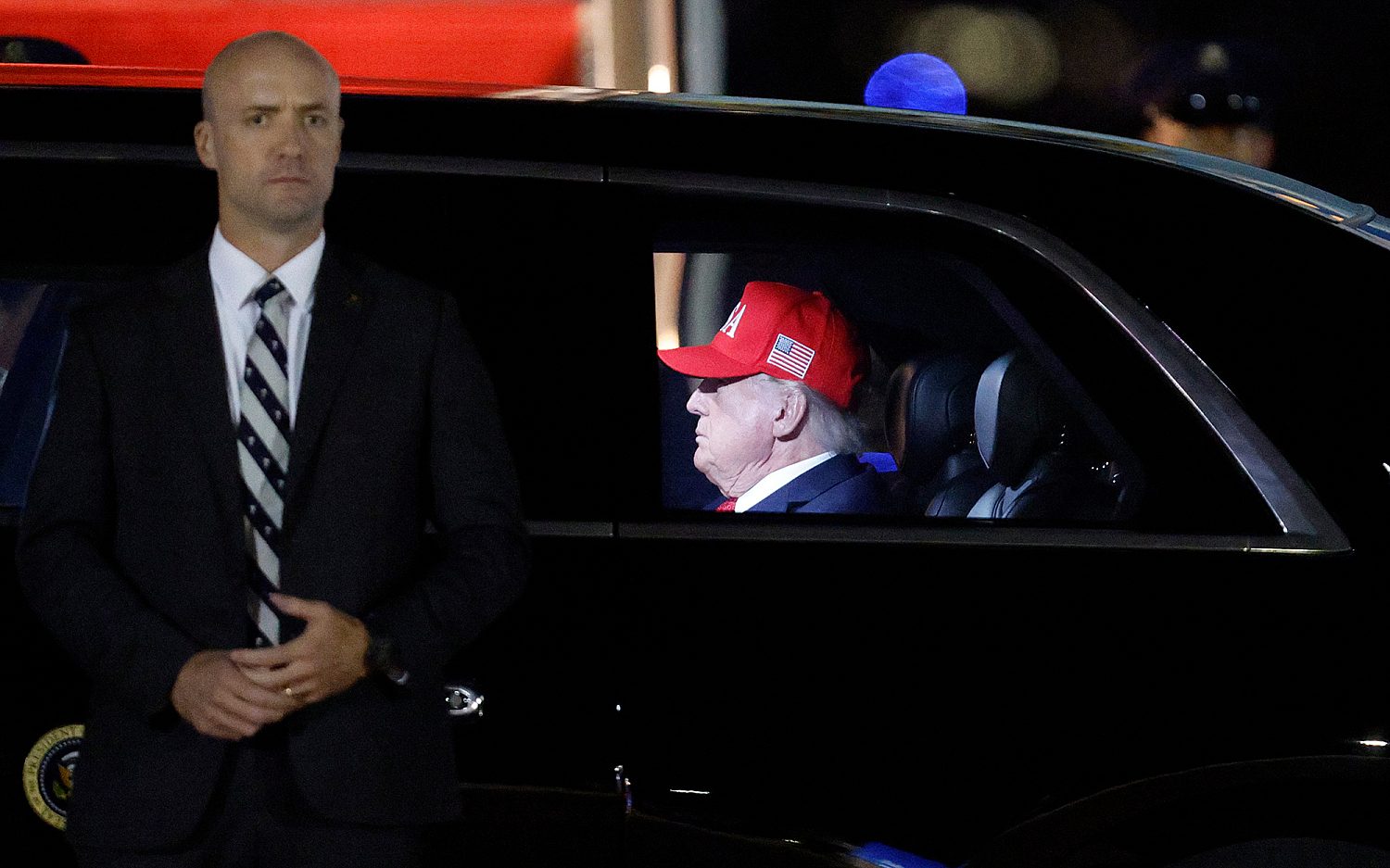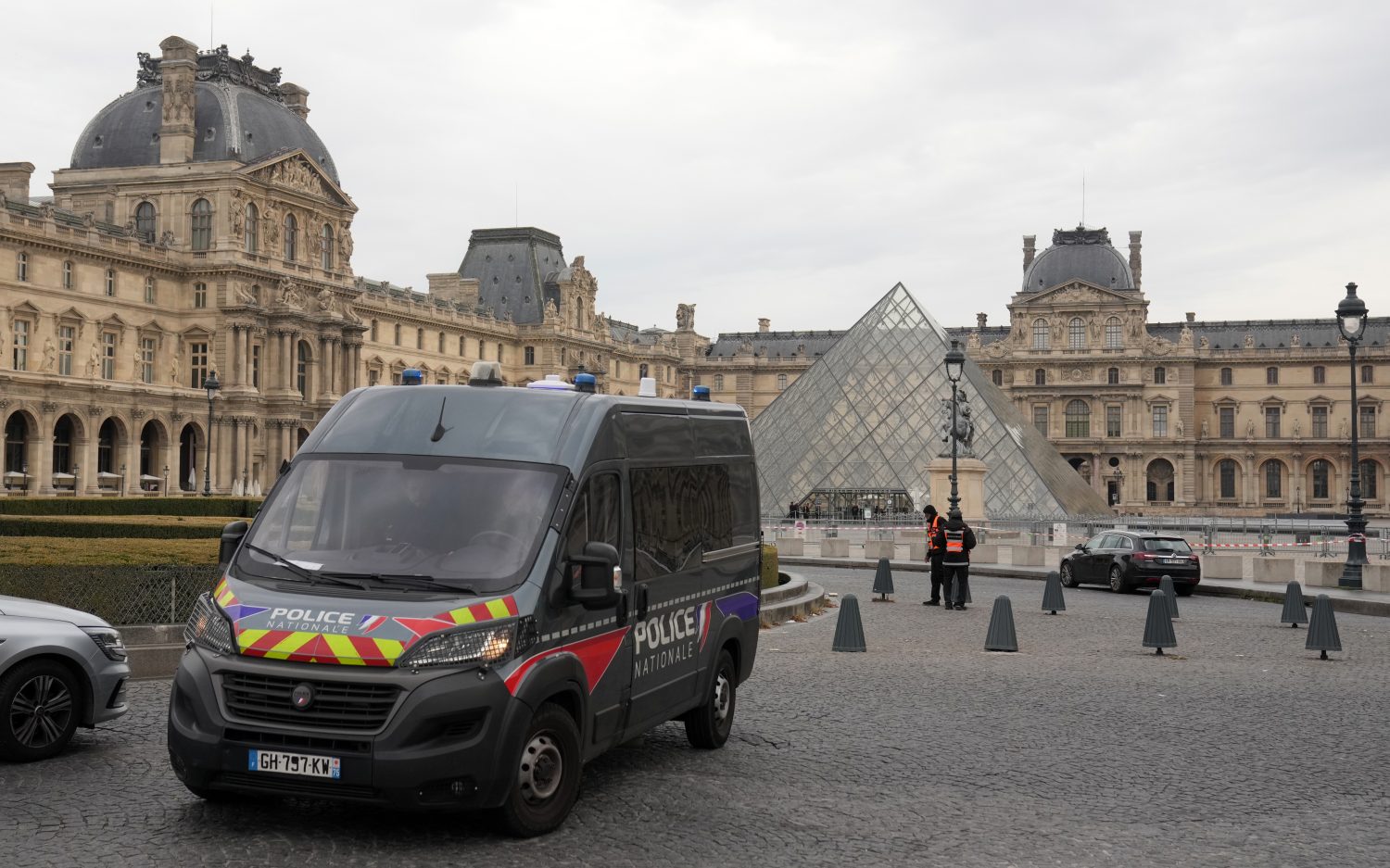Old highway sign law nails Oklahoma churches and Times Square
In Oklahoma, some churches may be forced to demolish highway signs to comply with a 50-year-old federal highway law. The Highway Beautification Act, enacted by President Lyndon B. Johnson in 1965 at the behest of his wife, Lady Bird Johnson, regulates advertisements along the interstate and federally funded highways.
The law requires church signs next to a highway to be no larger than 8 square feet, less than half the size of a regulation basketball backboard. Signs for civic groups and directional signs are also subject to the size rule.
States that choose not to enforce the law can lose a portion their federal highway funding. In 2009. the Oklahoma Department of Transportation requested a waiver from the Federal Highway Administration that would have allowed church and nonprofit signs to be as large as 32 square feet. But the administration denied the state’s request last year.
Since then, Oklahoma highway officials have started checking signs across the state for compliance. They have so far finished inspections in 27 out 77 Oklahoma counties and sent out about 200 letters to churches, clubs, and other owners whose signs don’t meet regulation.
Churches will have to either tear down the signs or see if they qualify for a special registration status. Kenna Carmon, a spokeswoman for the Oklahoma Department of Transportation, said the owners would not be compensated for sign removal because the signs are considered illegal.
U.S. Rep. Markwayne Mullin, R-Okla., said the sign rule is ridiculous. On May 1, Mullin sent a letter to Rep. Bill Shuster, R-Pa., the chairman of the House Transportation and Infrastructure Committee, asking him to address the issue in an upcoming highway-funding bill.
“I believe most churches and civic groups have more meaningful ways to spend the money it will cost to remove their signs and get ones that comply with this example of federal overreach,” Mullin wrote. “The Oklahoma Department of Transportation has previously cited its concern that the ability of the traveling public to be able to read a sign of 8 square feet is ‘somewhat impossible’ and could even be hazardous.”
While keeping church signs small, the federal law doesn’t impose size limits on “free coffee” signs, according to the website of the Federal Highway Administration. Asked why it denied Oklahoma a waiver to the size rule, the administration said in a statement that “current regulations under the Highway Beautification Act do not permit variances or exceptions for the size of signs.”
The Highway Beautification Act applies to all 50 states and was intended to improve the scenic views for American travelers. Scenic America, a nonprofit organization based in the District of Columbia, has complained the law still allows thousands of billboards in commercial areas along federal highways. Some are 1,200 square feet in size.
In New York, the billboard rules recently affected Times Square. Because a 2012 federal transportation law added downtown New York City roads to the federal highway system, the neon billboards on Times Square are technically in violation of the beautification law. The state is at risk of losing a reported $90 million in federal funding as a result of the legal conundrum.
“We’re not going to be taking down the billboards in Times Square. We’re going to work with the federal government and the state and find a solution,” city Transportation Commissioner Polly Trottenberg told CBS2 earlier this week.
A Federal Highway Administration official suggested New York state authorities could ask to have Times Square roads removed from the federal highway system as a possible solution.
With regard to Oklahoma’s church signs, Mullin said he believed restricting their size to 8 square feet might raise free-speech questions. In a separate situation, the U.S. Supreme Court is scheduled to rule on whether the town of Gilbert, Ariz., discriminated against churches when it restricted the size of their temporary event signs to 6 square feet.
An actual newsletter worth subscribing to instead of just a collection of links. —Adam
Sign up to receive The Sift email newsletter each weekday morning for the latest headlines from WORLD’s breaking news team.





Please wait while we load the latest comments...
Comments
Please register, subscribe, or log in to comment on this article.